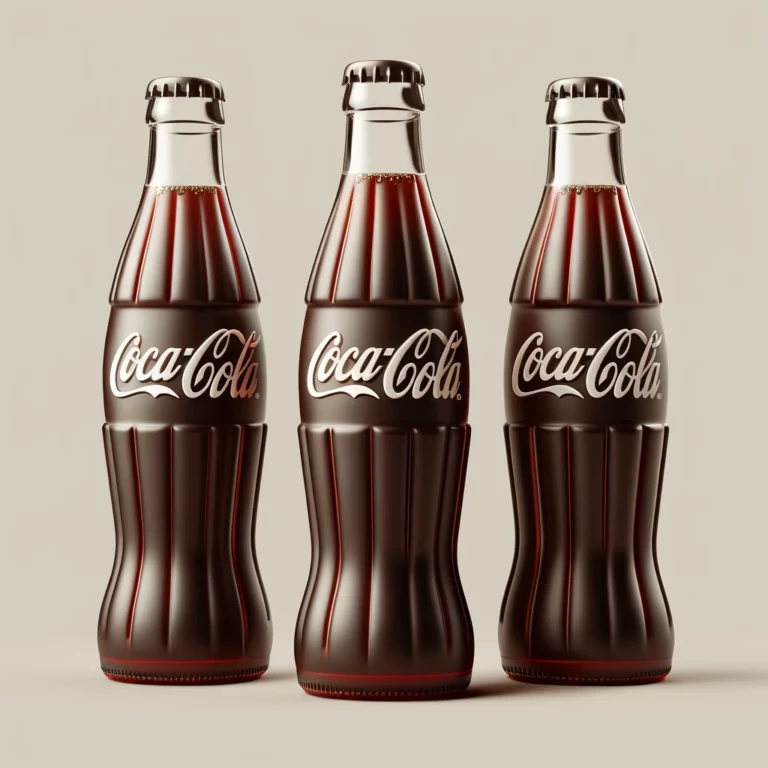Careers Sites: What Works and What Doesn’t
Introduction
Today, your careers site is a key way to get people interested in working with you. It’s one of the first things potential employees see. Your site is a chance to really show what makes your company different and why people should want to work there. But, keeping your site up-to-date and making it great isn’t easy. You need to really know who you’re talking to, be ready to try new things, and avoid common mistakes.
Know Who You’re Talking to
What do people really want from your site? It’s easy to think they just want a job. But, people looking for jobs today want more. They want to know what your company is like and what makes it special. They’re picky and want a job that fits them perfectly.
Stand Out to Win Talent
In a world where everyone is fighting for the best talent, your site needs to do more than just look good. It should talk directly to potential candidates, tell them what’s great about your company culture, and show how their values fit with yours. You need to give people reasons to choose you.
Design for Everyone
People visit your site for many reasons. Some might want to learn a lot about your company, while others might just want a quick look at what jobs are available. If you design your site with all these different visitors in mind, more people will stick around and maybe apply for a job.
Try New Things to Get Noticed
Your site needs to work well and look good on all devices. Being different in how your site looks and works can make it more memorable.
Chatbots and AI
Adding chatbots and AI can make your site more interactive. This means your site can offer a more personal experience over time, based on what people do on your site.
Common Mistakes
Making your site too complicated or not clear enough can push people away. Every part of your site should help people find what they’re looking for or learn more about your company.
Jargon and Accessibility
Using too much technical talk can confuse people. Also, make sure everyone can use your site, including people with disabilities.
Keep Improving
Making a great careers site is an ongoing job. You need to understand who’s visiting, keep trying new things, and avoid mistakes. Your site is not just about listing jobs. It’s a key part of how you attract and keep the best people.
Stay Current
Nothing looks worse than outdated job listings or broken links. Keep your site fresh.
Be Clear
People like to know what to expect. Make sure your site makes everything about the job and application process clear.
Listen to Feedback
Listening to what people say about your site can help you make it better. Ignoring feedback means missing chances to improve.
Conclusion: The Path to a Successful Careers Site
Creating a dynamic careers site that effectively engages and converts candidates is a complex, ongoing process. It demands audience understanding, a commitment to innovation, and an avoidance of common design and content pitfalls. By approaching your careers site as a vital engagement tool, and not just a listing platform, you can build a compelling digital presence that attracts and retains the best talent.
Consulting with experts and embracing a collaborative, open-minded development approach are key to achieving a careers site that truly stands out.

Lack of Transparency
Candidates appreciate transparency regarding the application process, what the role entails, and what they can expect in terms of culture and progression. Sites that lack this transparency can seem impersonal and unwelcoming.
Ignoring Candidate Feedback
Feedback from candidates who have interacted with your careers site can provide invaluable insights into what works and what doesn’t. Ignoring this feedback means missing out on opportunities to improve the user experience and, by extension, your employer brand.
Conclusion: Embracing Continuous Improvement
I have been involved in the build of dozens of career sites. In Europe, applicants generally apply directly on the job board, and their applications go straight to the chosen ATS. Rarely, if ever, do they use application forms at the initial stage. On the other hand, in the US, most applicants are redirected to the advertiser’s site to complete their application. This extra step is not popular with European applicants. If you have a site powered by a third party try and use a CNAME such as Careers.mysite.com, if your ATS of choice is using something like yoursite.ATS.com it’s really not a good look.
In my experience the career site is best kept separate from the main client site. We want to give the candidate all the information regarding working for you that we can without them have to hunt around a large and often unstructured site.
The most successful careers sites are those that really paint a great but honest picture of what it is like to work at the employer. A strong brand undoubtedly helps but by embracing best practices and by steering clear of common pitfalls, companies can create a careers site that stands out in the competitive talent market.
Such a site not only attracts top talent but also ensures a positive, engaging experience from the first click. Incorporating advanced technologies for personalization, designing with diverse user needs in mind, and ensuring universal accessibility are key to this success. Together, these elements form the cornerstone of an engaging and interesting careers site. Continuous improvement, ensures that your careers site remains an effective tool in your recruitment arsenal.






